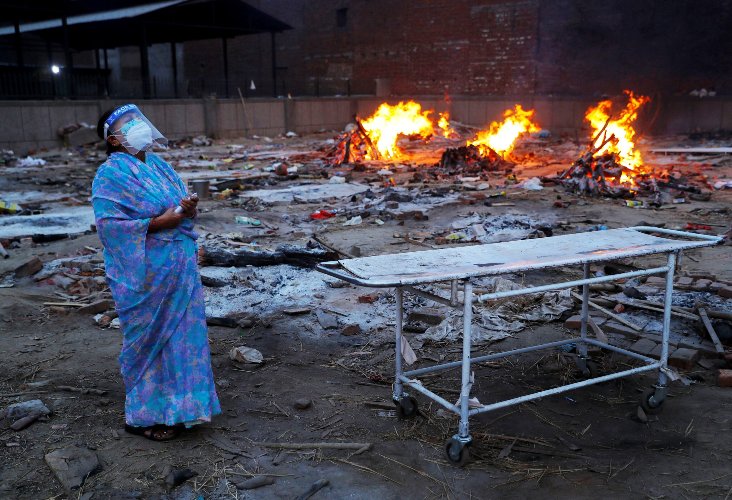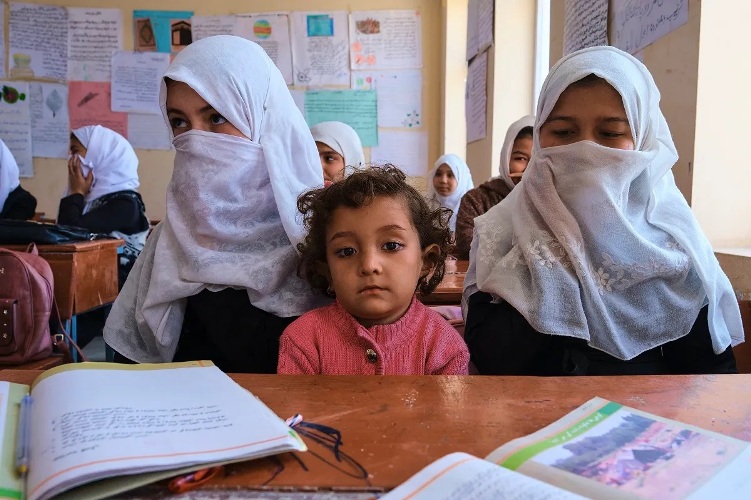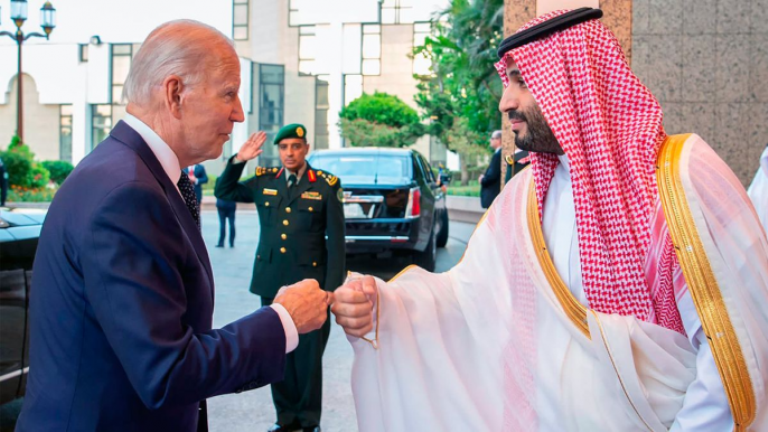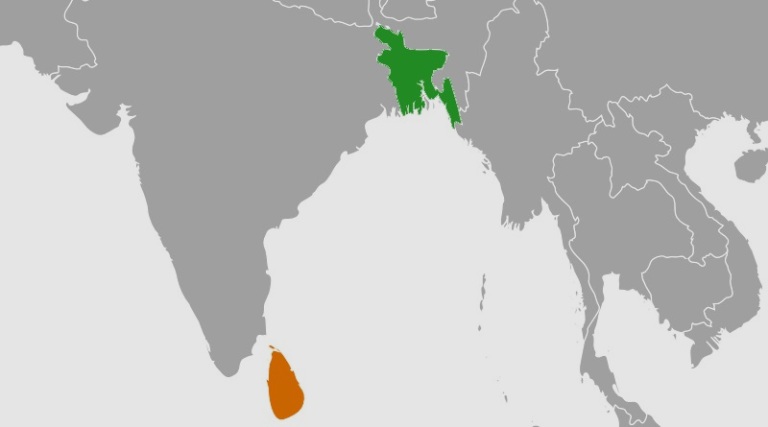
What is happening in India now is quite similar to what the United States experienced in its coronavirus surges? COURTESY
It will be a while before it’s fully understood why India has been so swiftly and so disastrously engulfed by the coronavirus. But there is one thing for sure: India’s problem is now the world’s problem.
India shut down too abruptly when the virus arrived, and then was too quick to reopen. In March 2020, the country was locked down at four hours’ notice though it did not yet have many cases. Millions of people, many of them migrant workers, were left stranded without food and shelter. Facing economic disaster, the government reopened the country before the pandemic really took hold.
What is happening in India now is quite similar to what the United States experienced in its coronavirus surges. The Indian states where deaths started to mount again in March and April simply closed their eyes and hoped it would go away. After all, India’s first virus wave receded, for reasons that remain unclear.
To make matters worse, states in India have very limited resources of their own — a lockdown costs money, especially if you want to avoid inflicting enormous pain on the poor — and the central government has not offered to pay the bill. (In America last year, the Trump administration was much more generous in comparison.)
Not surprisingly, state governments opted to drag their feet until it was impossible to avoid taking action. In the meantime, the disease made its way throughout the country, and new mutations appeared. With the national government unwilling to take ownership of the problem, no one was really tracking how the new variants behaved. Too little, too late is the story of the current outbreak.
The government is now beginning to stir, but it still appears reluctant to embrace a national strategy.
Yet it is evident that India needs a new, centrally coordinated lockdown now, perhaps targeted at the areas where there is already a large enough quantum of infections (infections are still concentrated in less than quarter of the country’s districts), and progressively moving to cover wherever needed.
One reason the response is still slow is the fear of what would happen to the economy and especially to the poor with the return of lockdowns. The central government could speed it up by promising life-sustaining cash transfers to anyone with any kind of government-issued identity in places that are locked down. This should be paired with restrictions on movement between districts. The time to do this is now.
The same goes with vaccination. The central government’s position is that vaccination is open to all (if you can find a shot), but either individuals or states will need to pay for it. The result will be that those who can afford it will get vaccinated and some states will cover the rest, but people elsewhere will be on their own. Making free vaccination available to everyone, and dedicating enough administrative muscle and human resources to make it happen will reassure the country in its panic and may protect the world.
Other governments, too, were slow to react to India’s unfolding disaster. The Biden administration announced it would send vaccines emergency help to India only in late April, more than a week after the daily case load exceeded 300,000. The problem is now so huge that what can be done from the outside is relatively minor. Of course that should not stop the United States and Europe from sending vaccines, oxygen and money to India or from lifting bans on exports of ingredients for making vaccines. A life saved is a life saved.
But the world needs to look beyond India and avoid yet another mistake of timing. We cannot afford to repeat the experience of the first wave, when we didn’t realize just how quickly a virus can travel. Neither should nations be lulled into a sense of false security by the progress of vaccination campaigns in the United States and Europe.
The B.1.617 variant first found in India is now spreading well beyond the country. In India, some vaccinated people seem to be getting infected. It would be foolish to assume that “better” vaccines available in the West will necessarily save us. Leaders and scientists need to figure out what should be done to combat variants, which may include booster shots, new vaccines, masks and slowing down reopenings.
Most critically, however, we should anticipate the possibility that the virus will spread through Africa, where a vaccination campaign that had barely started is now endangered by the situation in India, which stopped exporting vaccines many countries were relying on.
This would bring disaster in countries where oxygen supplies and hospital beds are extremely limited. The United States and Europe need to get ready to act quickly when necessary. This means shipping and making vaccines as fast as possible, and perhaps even more urgently, this means investing in global surveillance and testing, and being prepared to ship oxygen and equipment and to provide financial support for people in lockdown.
Getting ready now might give us a fighting chance to avoid a repeat of India’s nightmare.
Drs. Banerjee and Duflo won the Nobel in economic science in 2019 for their approach to alleviating global poverty












0 Comments